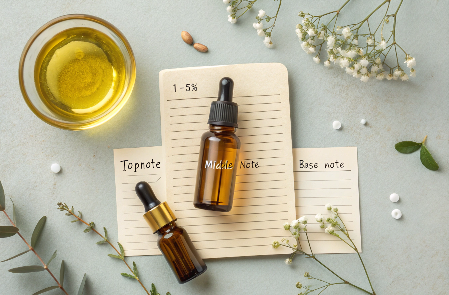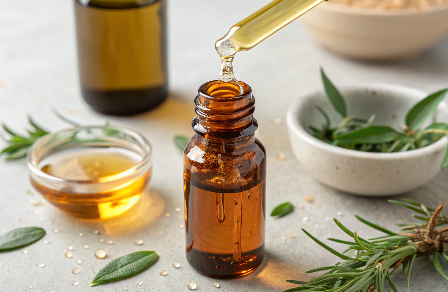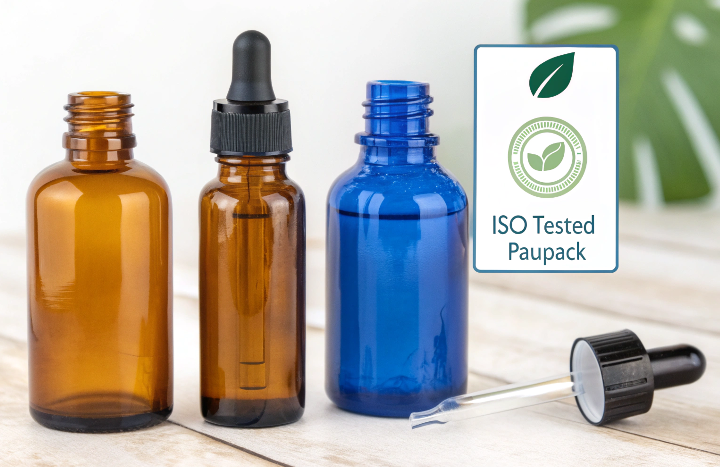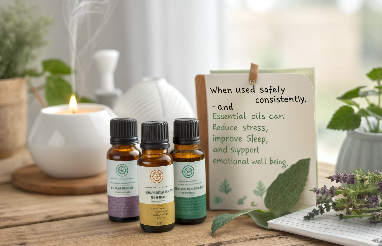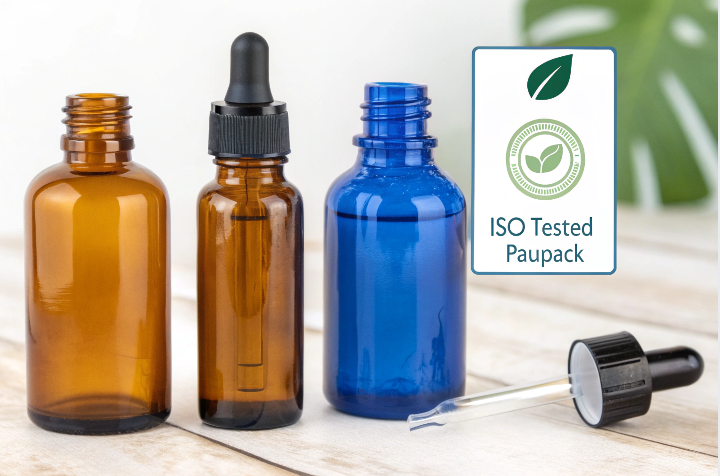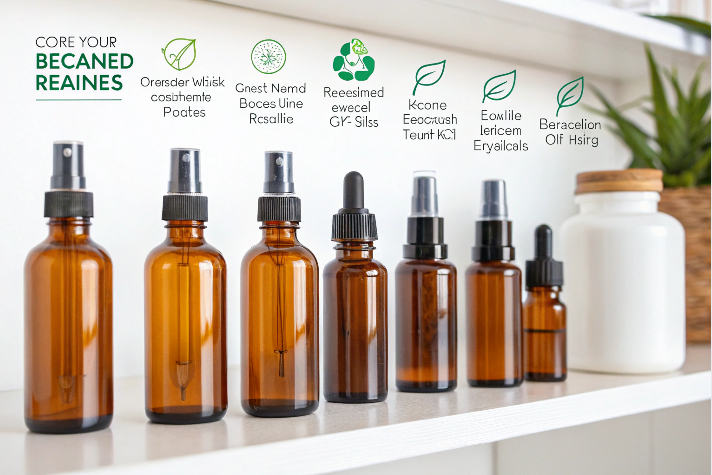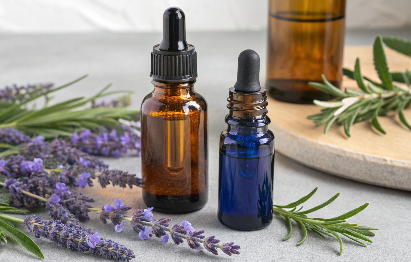Vetiver is known as the “oil of tranquility”—rich, grounding, and complex. But it’s also one of the most commonly adulterated or diluted oils due to its high price and deep color. So how do you know if your vetiver is the real deal?
To test the quality of vetiver essential oil, check its viscosity, color, aroma profile, and verify purity through GC-MS reports or simple at-home methods like the blotter and paper test.
Let’s walk through the methods used by both professionals and small-scale buyers to spot high-quality vetiver from the fakes.
How to test essential oil quality?
Start with your senses—then back it up with documentation.
To test essential oil quality, examine the oil’s smell, color, texture, evaporation rate, and packaging. The most accurate method is to request a GC-MS report from the supplier.
Simple At-Home Quality Tests:
| Test | What to Look For |
|---|---|
| Smell Test | Rich, smoky-earthy scent with deep woody notes |
| Paper Blot Test | Drop oil on white paper—should not leave a greasy ring after drying |
| Viscosity Test | Vetiver is naturally thick and slow to pour |
| Evaporation | Should leave a faint trace after hours, not vanish quickly |
At PauPack, we work with verified essential oil suppliers and bottle vetiver in glass dropper bottles with reducers—perfect for controlling this thicker oil without mess.
How can you tell if an essential oil is 100% pure?
Labels can lie—but oils don’t.
To tell if an essential oil is 100% pure, look for supplier transparency (including Latin name, origin, and extraction method), and confirm purity with third-party GC-MS analysis.
Purity Checklist:
| Indicator | Sign of Quality |
|---|---|
| Label Info | Botanical name, extraction method, country of origin |
| GC-MS Report | Confirms chemical profile matches authentic oil |
| No Additives | No mention of “fragrance oil,” carrier oil, or solvents |
| Price & Packaging | Cheap price or plastic bottles = red flag |
Vetiver (Vetiveria zizanioides) should be steam-distilled from the root and have a deep amber to brown color with very thick consistency. If it pours like water or smells overly sweet—it’s likely cut or synthetic.
Is vetiver essential oil supposed to be thick?
Yes—very.
Vetiver essential oil is naturally thick and viscous due to its dense molecular structure and root-based origin. It may pour slowly or require warming before use.
Normal Characteristics of Vetiver:
-
Color: Amber to deep brown
-
Texture: Thick, syrupy, slow-dripping
-
Scent: Smoky, woody, earthy, with green undertones
If your vetiver is thin, clear, or lacks a strong base note—it may be diluted or synthetic. This is why PauPack’s dropper and reducer bottles are a great match—they allow slow, controlled dispensing of thick oils without waste.
How do you test the quality of perfume oil?
Perfume oils may contain essential oils—but quality varies widely.
To test perfume oil quality, evaluate scent longevity, layering (top, middle, base notes), and skin feel. High-quality oils will evolve over time and leave no sticky or greasy residue.
Perfume Oil Quality Markers:
| Test | Sign of Quality |
|---|---|
| Dry Down Test | Scent should evolve over 30–60 mins |
| Longevity | Should last 4–8 hours on skin or fabric |
| Purity | No alcohol “burn” or synthetic sharpness |
| Residue | Should absorb cleanly if oil-based |
Many luxury perfume oils use vetiver as a base note due to its lasting power. For brands blending vetiver into oil perfumes, PauPack provides roll-on and dropper bottles designed for both precision and elegance.
Conclusion
Testing vetiver essential oil means checking thickness, scent, and origin. Pure vetiver is rich, slow, and smoky—if it smells flat or pours too fast, it’s not the real thing. Use your senses, supplier info, and packaging to ensure quality.




